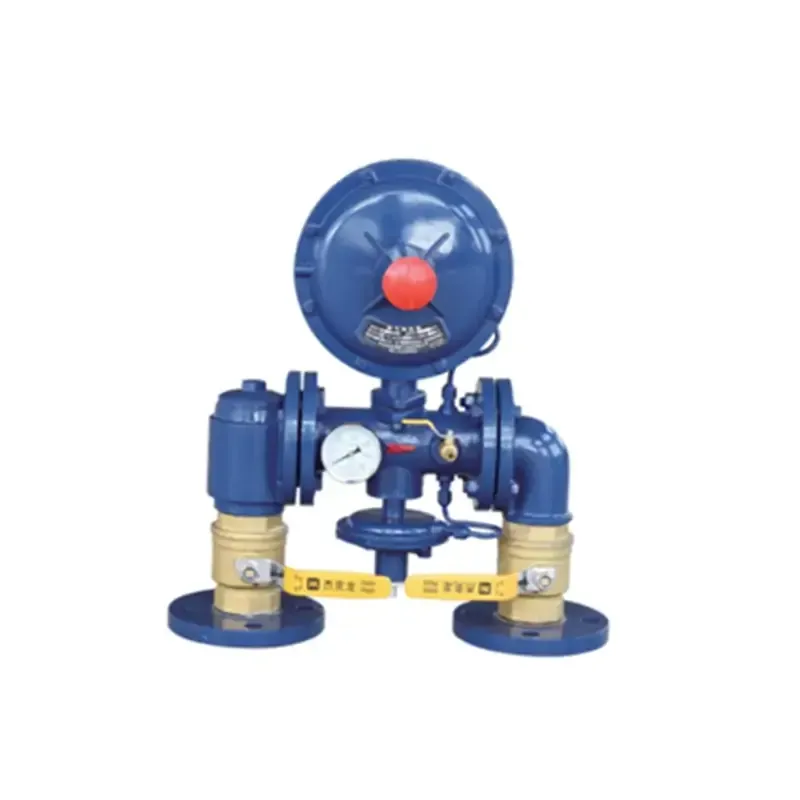
10 月 . 12, 2024 10:53
Back to list
safety relief valve
Understanding Safety Relief Valves Ensuring System Integrity
Safety relief valves (SRVs) play a critical role in protecting pressurized systems, such as boilers, tanks, and pipelines, from exceeding their maximum allowable pressure. In various industrial applications, maintaining optimal pressure levels is crucial to prevent catastrophic failures that could result in injuries, equipment damage, or environmental hazards. This article explores the function, importance, and selection criteria of safety relief valves.
At its core, a safety relief valve is designed to automatically release excess pressure from a system. When the pressure within a vessel exceeds a pre-set limit, the valve opens, allowing fluid to escape, thereby lowering the pressure. Once the pressure returns to safe levels, the valve closes again. This automatic mechanism ensures that systems operate within safe parameters without the need for constant monitoring.
The importance of safety relief valves cannot be overstated. They serve as the last line of defense against overpressure conditions that could lead to explosions or ruptures. For instance, in the oil and gas industry, SRVs are essential for safeguarding pipelines and storage tanks where volatile materials are handled. Similarly, in chemical processing plants, they help to prevent hazardous chemical releases that could pose risks to workers and the environment.
safety relief valve

When selecting a safety relief valve, several factors must be considered. First, the valve must be appropriately sized for the application to ensure efficient operation. An undersized valve may not open in time, while an oversized valve could result in excessive fluid loss. Additionally, the set pressure of the valve should align with the system’s maximum allowable working pressure (MAWP).
Another critical consideration is the type of valve. There are various designs available, including spring-loaded valves and pilot-operated valves, each with its own advantages. Spring-loaded valves are commonly used for simpler applications, while pilot-operated valves are suitable for higher pressure systems and offer better sealing capabilities and control.
Maintenance is also essential to ensure the long-term effectiveness of safety relief valves. Regular testing and inspection can help identify wear, corrosion, or malfunctions that could impair the valve's performance. Implementing a robust maintenance schedule is paramount in industries where safety is a priority.
In conclusion, safety relief valves are indispensable components in pressurized systems. By automatically managing excess pressure, they uphold safety standards and protect lives and property. Understanding their functionality, selection, and maintenance is essential for effective safety management in various industrial sectors. As technology advances, continuous improvements in SRV design and operation will further enhance safety in the workplace.
Latest news
-
Unlocking The Quality Gas Pressure ReducersNewsNov.01,2024
-
The Role of Gas Pressure Reducing StationsNewsNov.01,2024
-
The Importance and Functionality of Safety Relief ValvesNewsNov.01,2024
-
The Essential Role of Safety Valves in Natural Gas ApplicationsNewsNov.01,2024
-
The Essential Role of Gas Pressure RegulatorsNewsNov.01,2024
-
Enhance Your Premium Gas FiltersNewsNov.01,2024

